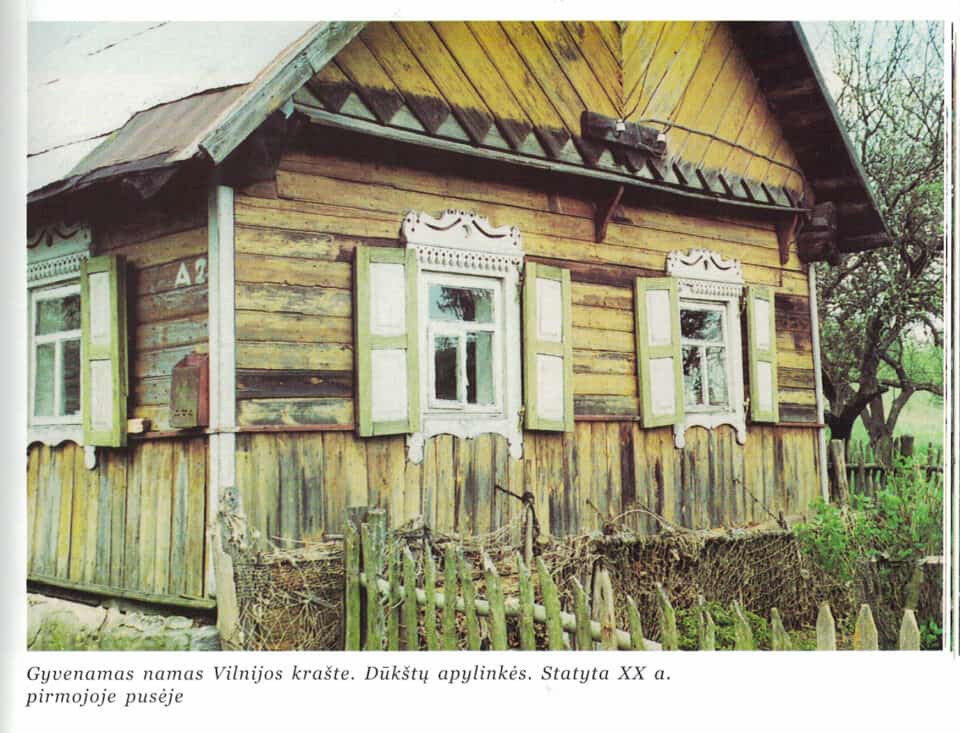
Farmstead Folk Decoration
The Lithuanian tradition of decorating farm buildings offers a valuable insight into a society whose cultural past has persisted for over a thousand years. However, due to war nature and deterioration farm buildings and their decorative features have slowly disappeared. Some restored details still exist on solitary structures in outdoor museums. Fortunately, scholarly writings drawings and photographs have preserved their details.
For Lithuanian diasporas and enthusiasts of folk art, exploring these decorative traditions fosters a deeper appreciation of Lithuania’s historical identity. These farmhouses were not merely shelters but artistic expressions of the inhabitants’ connection to nature, spirituality, and community.
Pagans | Forests | Symbols
Lithuania’s dense forests historically fostered an isolated pagan culture that revered nature, particularly trees. Pagan beliefs lingered even after Lithuania’s Christianization in the 14th and 15th centuries, blending into folk traditions
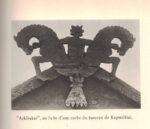 This cultural synthesis is evident in the motifs adorning farmhouses, which include sun wheels, moons, snakes, and toads—symbols thought to provide protection and connect homes to Lithuania’s ancient spiritual beliefs.
This cultural synthesis is evident in the motifs adorning farmhouses, which include sun wheels, moons, snakes, and toads—symbols thought to provide protection and connect homes to Lithuania’s ancient spiritual beliefs.
Notably, the circle motif symbolizes the sun, while floral patterns like daisies and roses reflect celestial reverence. The horse, linked to the thunder god Perkūnas, appears frequently in gable decorations, signifying strength and divine protection.
Farmhouse Designs
Farmhouse designs varied across Lithuania’s regions—Žemaitija (Lowlands), Aukštaitija (Highlands), Dzūkija (Southern Lithuania), and Suvalkija. These differences arose from regional isolation, poverty, and limited resources.
Key Structures
Klėtis, svirnas (storage)
Tvartas, (barn)
Kluojimas, kluonas, jauja (storing and threshing grain)
Pirtis (sauna)
The Lithuanian tradition of decorating farm buildings offers a valuable insight into a society whose cultural past has persisted for over a thousand years. However, due to war nature and deterioration farm buildings and their decorative features have slowly disappeared. Some restored details still exist on solitary structures in outdoor museums. Fortunately, scholarly writings drawings and photographs have preserved their details.
For Lithuanian diasporas and enthusiasts of folk art, exploring these decorative traditions fosters a deeper appreciation of Lithuania’s historical identity. These farmhouses were not merely shelters but artistic expressions of the inhabitants’ connection to nature, spirituality, and community.
** Want to learn more about Farmhouse Decorations?
Become a member of LTFAI.org and get access to our online videos and members area. **

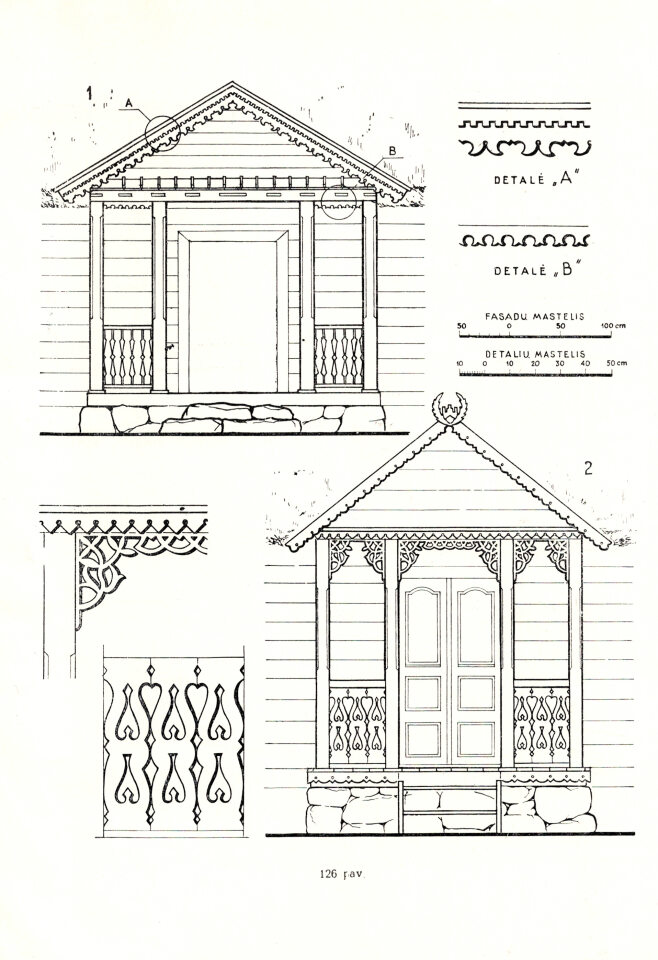
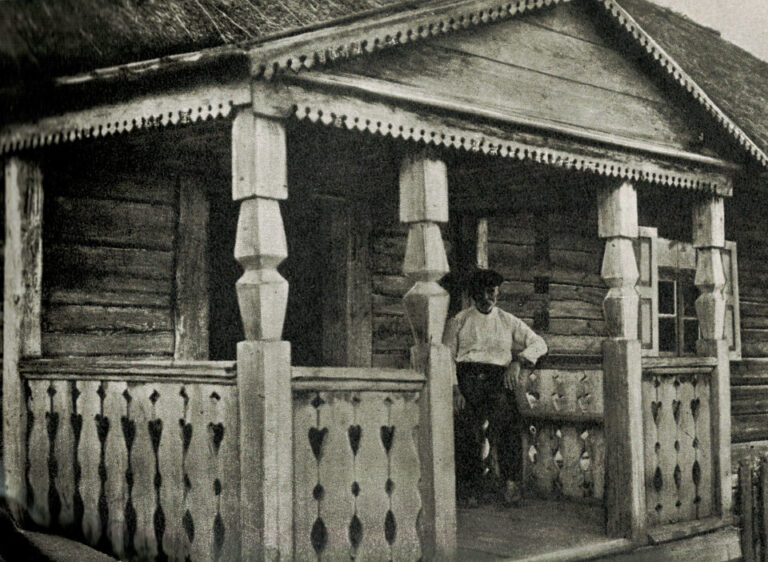
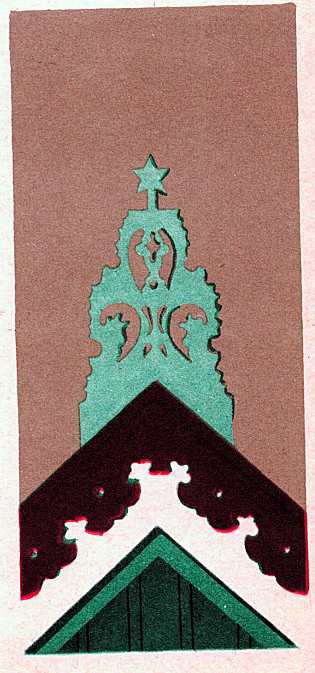
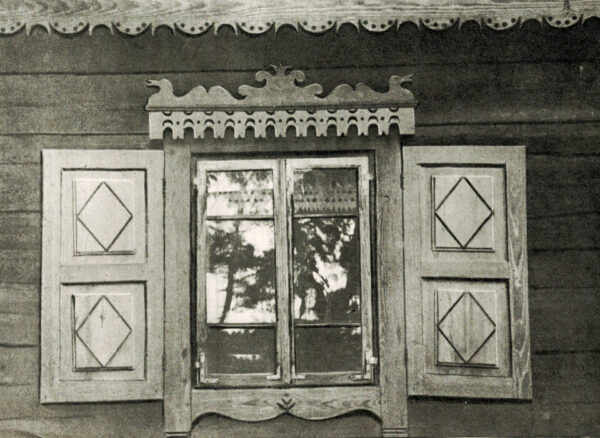
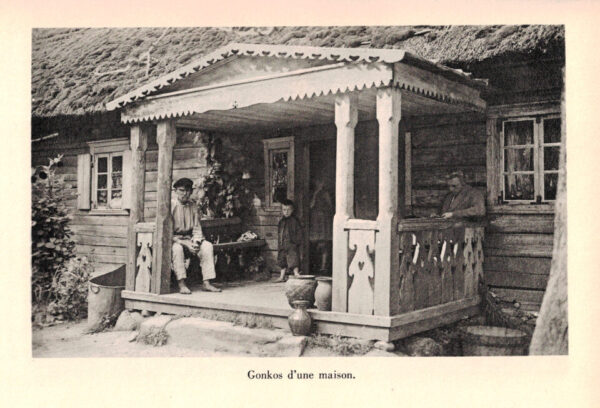
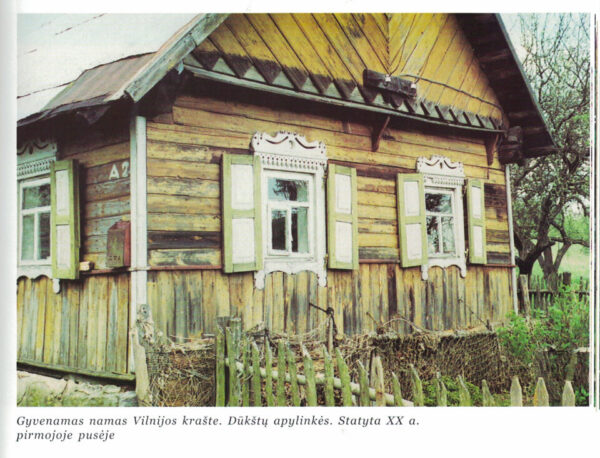
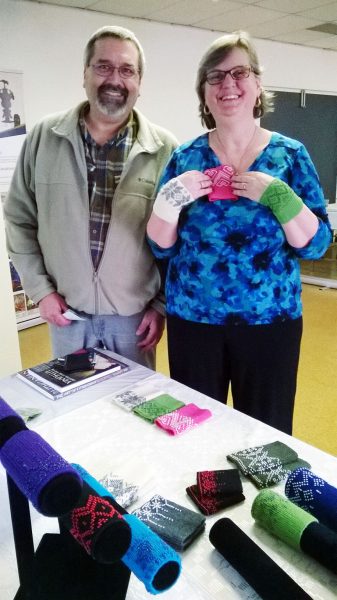 An artisan specializing in knitting. She taught a knitting workshop at the LTFAI AGM several years ago and fell in love with the organization. Not only is she a prolific author of knitting books, with “The Art of Lithuanian Knitting” under her belt, but she’s also the creative genius behind our social media presence.
An artisan specializing in knitting. She taught a knitting workshop at the LTFAI AGM several years ago and fell in love with the organization. Not only is she a prolific author of knitting books, with “The Art of Lithuanian Knitting” under her belt, but she’s also the creative genius behind our social media presence.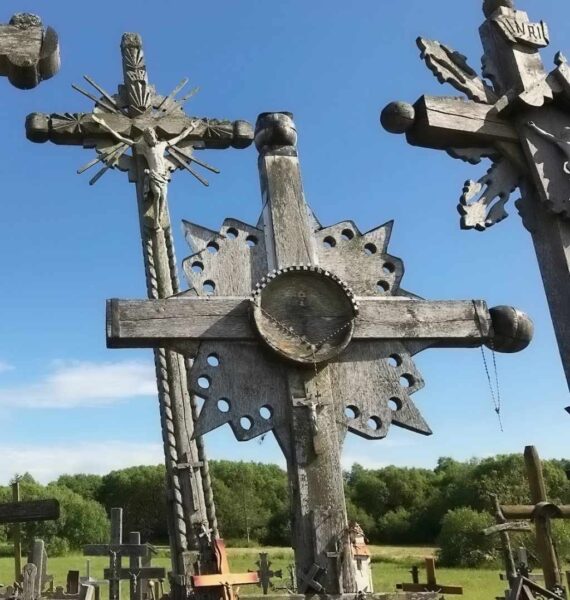
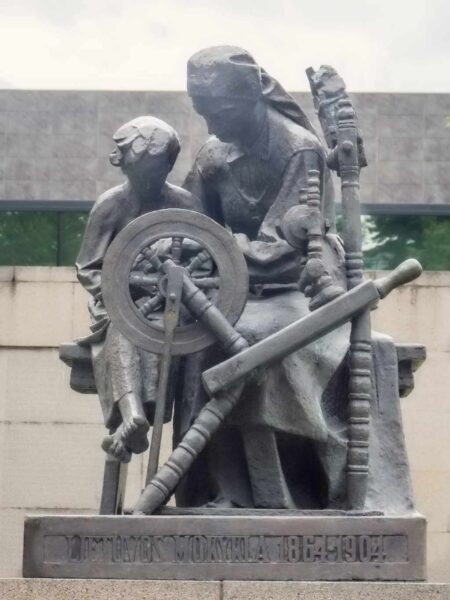
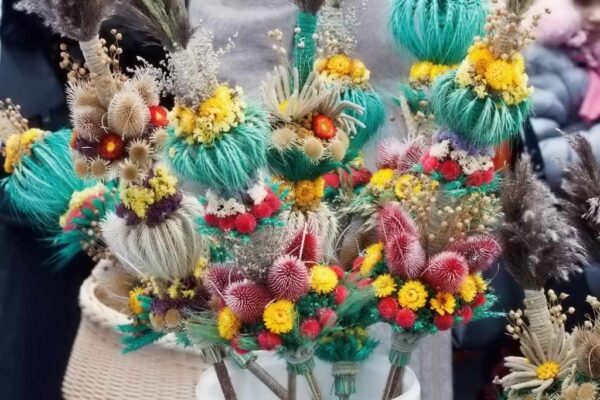
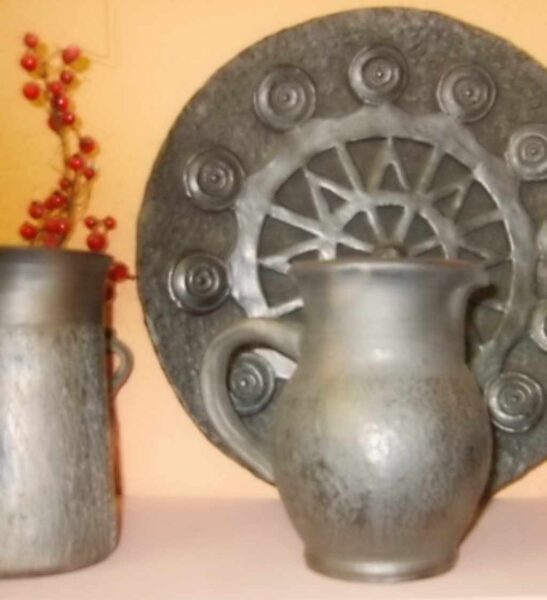
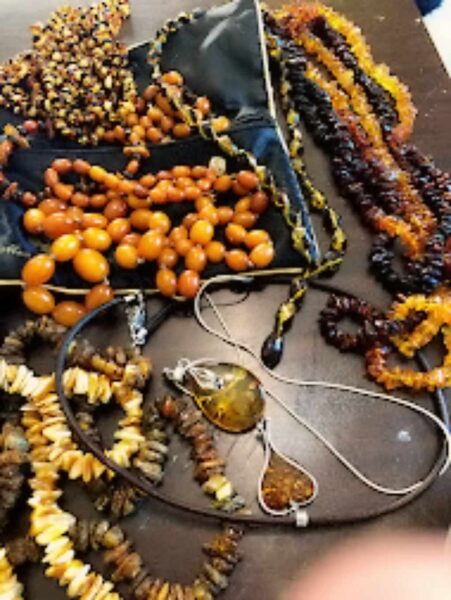
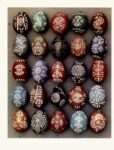

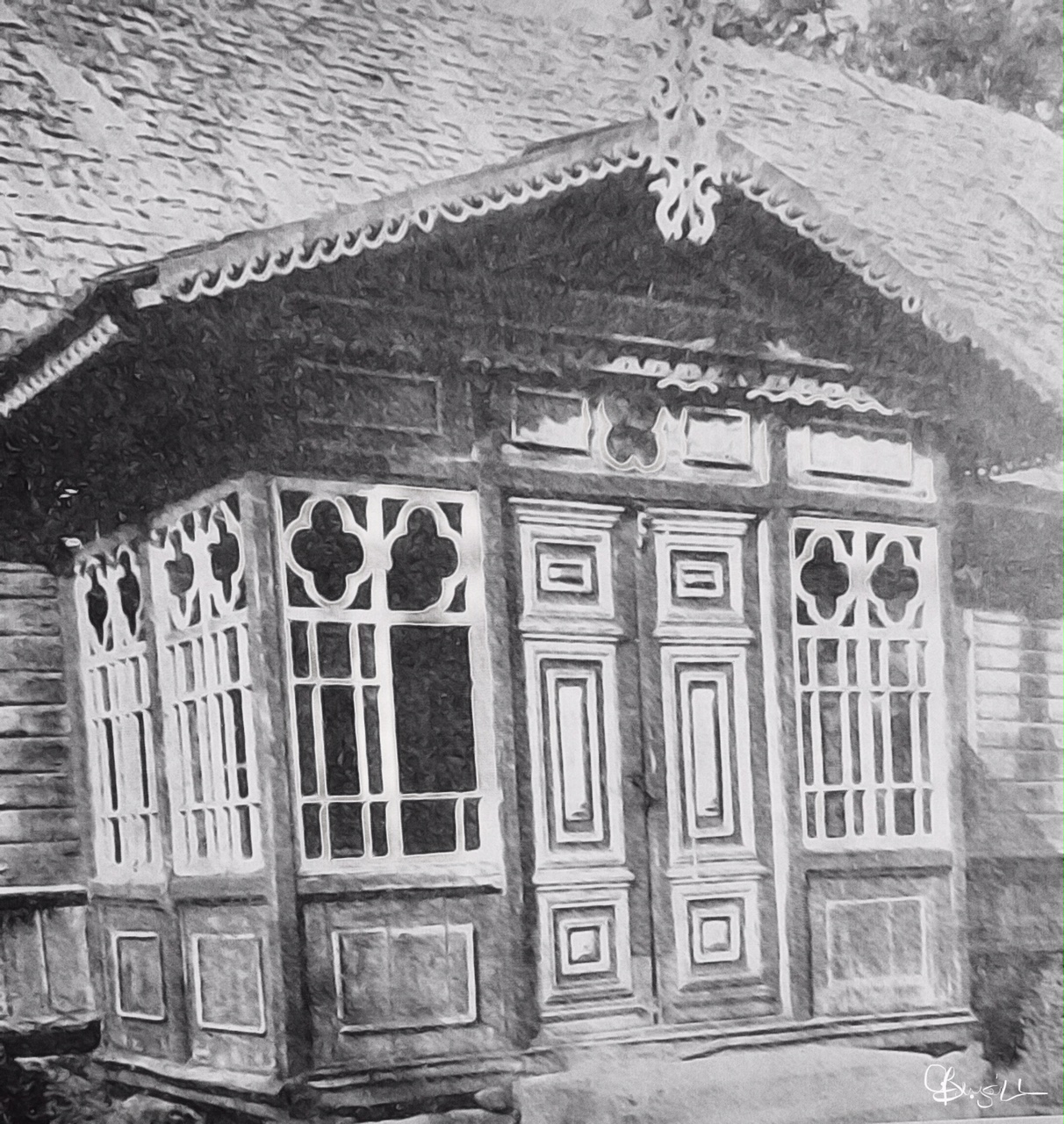
 Ramune is a translator and editor, who worked with the Canadian Lithuanian Weekly Tėviškės žiburiai as managing editor for over 20 years.
Ramune is a translator and editor, who worked with the Canadian Lithuanian Weekly Tėviškės žiburiai as managing editor for over 20 years.